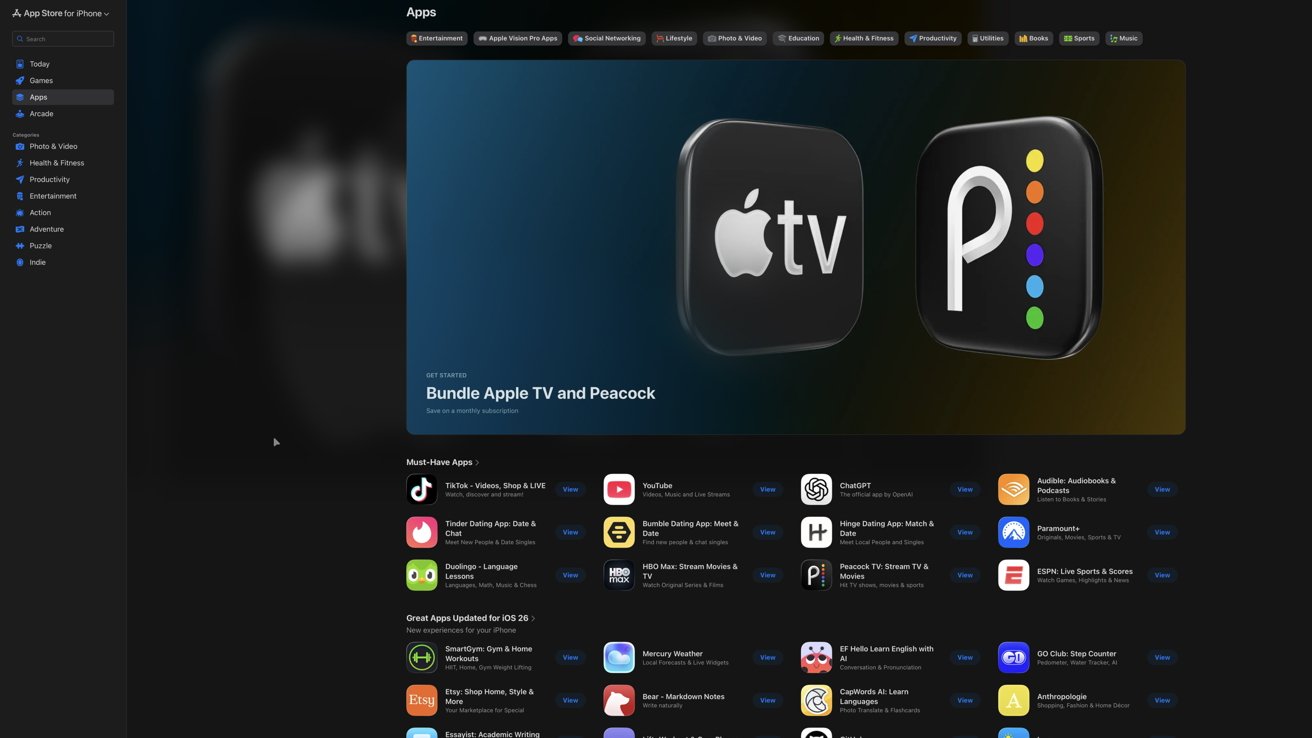Apple is poised to make a significant entry into the smart home market with its forthcoming Home Hub tablet. Slated for a March 2026 release, this device is expected to be priced at $350 and will be produced in Vietnam, marking a strategic shift in Apple’s manufacturing approach.
Manufacturing Shift to Vietnam
In an effort to diversify its supply chain and reduce dependence on Chinese manufacturing, Apple has chosen Vietnam as the production site for the Home Hub tablet. This move aligns with the company’s broader strategy to mitigate risks associated with geopolitical tensions and supply chain disruptions. Partnering with BYD Co., a prominent electronics manufacturer, Apple plans to handle the final assembly of these devices in Vietnam. There are also indications that BYD Co. may begin assembling certain iPad models in the region, further solidifying Vietnam’s role in Apple’s manufacturing ecosystem.
Product Configurations and Pricing
The Home Hub tablet is anticipated to be available in two configurations:
1. J490 Model: This version features a 7-inch display mounted on a speaker base, offering a stationary setup ideal for communal areas like living rooms or kitchens.
2. J491 Model: Designed for wall mounting, this variant provides flexibility for users who prefer a more integrated look within their home environment.
Both models are expected to retail at $350, positioning the Home Hub as a competitively priced option in the smart home device market. This pricing strategy places it above the current second-generation HomePod but below many high-end tablets, striking a balance between functionality and affordability.
Evolution of the Home Hub Concept
The Home Hub’s development has seen several iterations since its initial conception. Early reports described a 6-inch tablet, codenamed J490, designed to be portable and mountable on various accessories such as speakers, walls, or articulating arms. The latest information suggests a slight increase in display size to approximately 7 inches, with the two aforementioned configurations catering to different user preferences.
This evolution reflects Apple’s commitment to creating a versatile device that can seamlessly integrate into various home settings. The emphasis on modularity and adaptability indicates that Apple envisions households utilizing multiple Home Hub tablets, each tailored to specific rooms or functions.
Functionality and User Experience
The Home Hub is designed to serve as a centralized control unit for smart home devices, offering a passive yet interactive experience for multiple users. Unlike the iPad, which is tailored for individual use with a wide range of applications, the Home Hub focuses on shared functionality within the household.
Key features include:
– Always-On Display: The Home Hub can function as an always-on home control unit, displaying widgets, notifications, and other pertinent information without the need for user interaction.
– Contextual Awareness: Utilizing facial recognition and proximity sensors, the device can adjust its display based on the user present. For instance, one family member could access their favorite playlist in the living room, while another could view recipes in the kitchen.
– Integration with Apple Ecosystem: The Home Hub is expected to integrate seamlessly with other Apple devices and services, enhancing the overall user experience. This includes compatibility with Apple Music, HomeKit-enabled devices, and potentially the new LLM-backed Siri, which is anticipated to debut alongside the Home Hub.
Market Position and Future Prospects
By introducing the Home Hub, Apple aims to carve out a niche in the smart home market, currently dominated by devices like Amazon’s Echo Show and Google’s Nest Hub. The focus on a modular, user-friendly design that leverages Apple’s existing ecosystem could provide a competitive edge.
Looking ahead, Apple is reportedly developing a more advanced version of the Home Hub with a larger 9-inch display and robotic features, targeting a price point closer to $1,000. This premium model is expected to launch by the end of 2027, catering to users seeking enhanced functionality and integration within their smart home setups.
Conclusion
Apple’s forthcoming Home Hub tablet represents a strategic expansion into the smart home arena, combining the company’s design prowess with its robust ecosystem. By manufacturing the device in Vietnam, Apple not only diversifies its supply chain but also positions itself to meet the growing demand for smart home solutions. As the March 2026 launch approaches, consumers and industry observers alike will be keen to see how the Home Hub reshapes the landscape of home automation and control.


